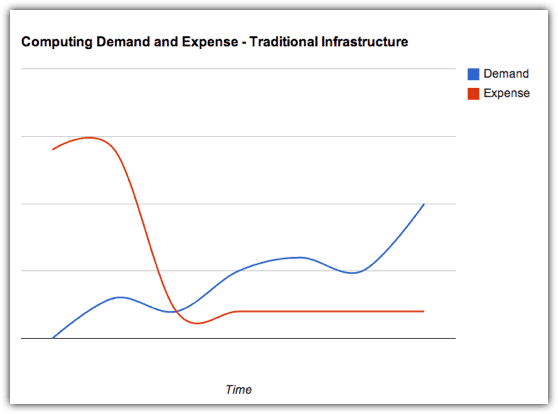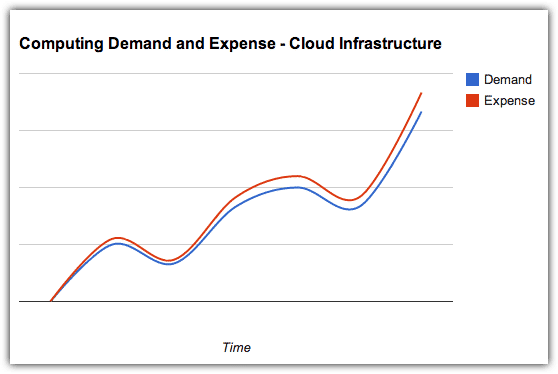Undoubtedly, today’s business leaders face myriad challenges ranging from fierce market competition to increasing market unpredictability. In addition, the modern consumer is more informed and in control of what, where and how they purchase. Couple these challenges with effects of globalization, and you will appreciate that need for business transformation is more of a necessity than a privilege.
As recent business trends show, top companies are characterized by organizational and operational agility. Instead of being shaken by rapid technological changes and aftershocks associated with market changes, they are actually invigorated by these trends. In order to survive in these turbulent times, business leaders are opting to implement corporate transformation initiatives to develop leaner, more agile and productive operations. In line with this, service oriented architecture (SOA) has emerged as an essential IT transformation approach for implementing sustainable business agility.
By definition, service oriented architecture is a set of principles and techniques for developing and designing software in form of business functionalities. SOA allows users to compile together large parts of functionality to create ad hoc service software entirely from the template software. This is why it is preferred by CIOs that are looking to develop business agility. It breaks down business operations into functional components (referred to as services) that can be easily and economically merged and reused in applicable scenarios to meet evolving business needs. This enhances overall efficiency, and improves organizational interconnectivity.
SOA identifies shortcomings of traditional IT transformation approaches that were framed in monolithic and vertical silos all dependent on isolated business units. The current business environment requires that individual business units should be capable of supporting multiple types of users, multiple communication channels and multiple lines of business. In addition, it has to be flexible enough to adapt to changing market needs. In case one is running a global business enterprise, SOA-enabled business transformation can assist in achieving sustainable agility and productivity through a globally integrated IT platform. SOA realizes its IT and business benefits by adopting a design and analyzing methodology when developing services. In this sense a service consists of an independent business unit of functionality that is only available through a defined interface. Services can either be in the form of nano-enterprises or mega-enterprises.
Furthermore, with SOA an organization can adopt a holistic approach to solve a problem. This is because the business has more control over its functions. SOA frees the organization from constraints attributed to having a rigid single use application that is intricately meshed into a fragmented information technology infrastructure. Companies that have adopted service oriented architecture as their IT transformation approach, can easily repurpose, reorganize and rescale services on demand in order to develop new business processes that are adaptable to changes in the business environment. In addition, it enables companies to upgrade and enhance their existing systems without incurring huge costs associated with ‘rip and replace’ IT projects.
In summary, SOA can be termed as the cornerstone of modern IT transformation initiatives. If properly implemented great benefits and a sharp competitive advantage can be achieved. SOA assists in transforming existing disparate and unconnected processes and applications into reusable services; creating an avenue where services can be rapidly reassembled and developed to support market changes.
Contact Us
- (+353)(0)1-443-3807 – IRL
- (+44)(0)20-7193-9751 – UK

